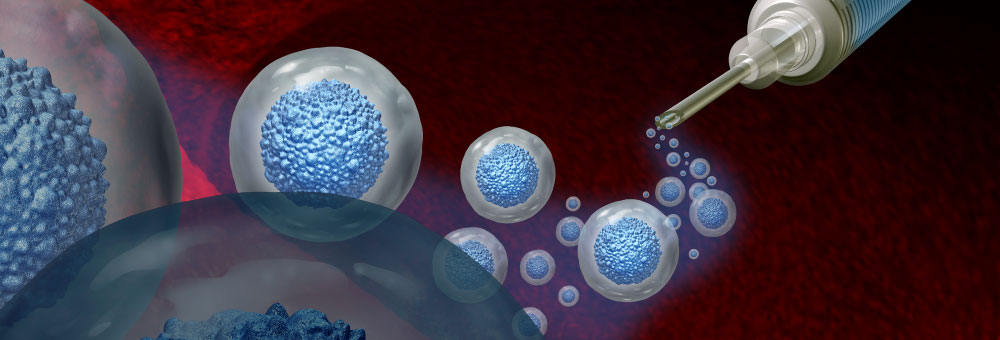CAST trial results show promise for reducing acute GVHD in Haploidentical Transplant
The transplant field constantly looks for ways to reduce graft-versus host disease (GVHD) and improve quality of life in blood or marrow transplant (BMT) patients. We know that post-transplant cyclophosphamide (PTCy) is effective in preventing GVHD, but does not completely eliminate the risk.
A recent clinical trial led by investigators at New York University Langone Health studied the combination of PTCy, abatacept and a short course of tacrolimus – a combination called CAST – after peripheral blood haploidentical (half-matched) BMT.
This is especially important because the use of haploidentical BMT has increased in recent years. And patients from diverse racial and ethnic groups, who are underrepresented in unrelated donor registries, use haploidentical donors in transplants more frequently. So reducing GVHD and making haploidentical outcomes more equal reduces health care disparities.
The CAST trial results were positive. They showed that the novel CAST regimen is safe and effective in reducing the rate of acute graft-versus host disease after haploidentical peripheral blood BMT.
A subsequent trial will look at optimal dosing of the CAST agents. We’re hopeful about the promise of improving BMT outcomes, improving quality of life after transplant and reducing health care disparities.
Learn more by reviewing a comprehensive analysis and description of the study.

